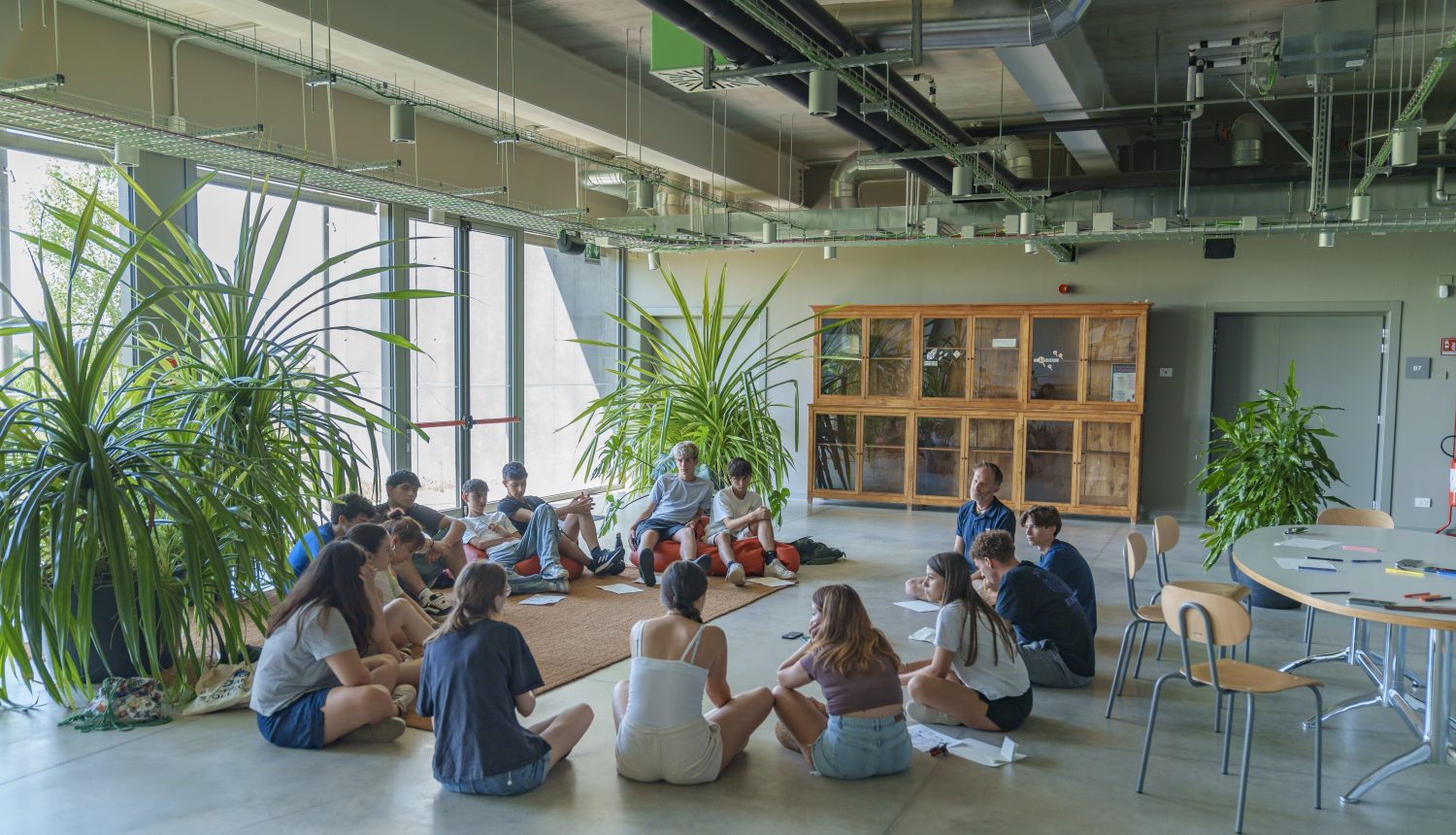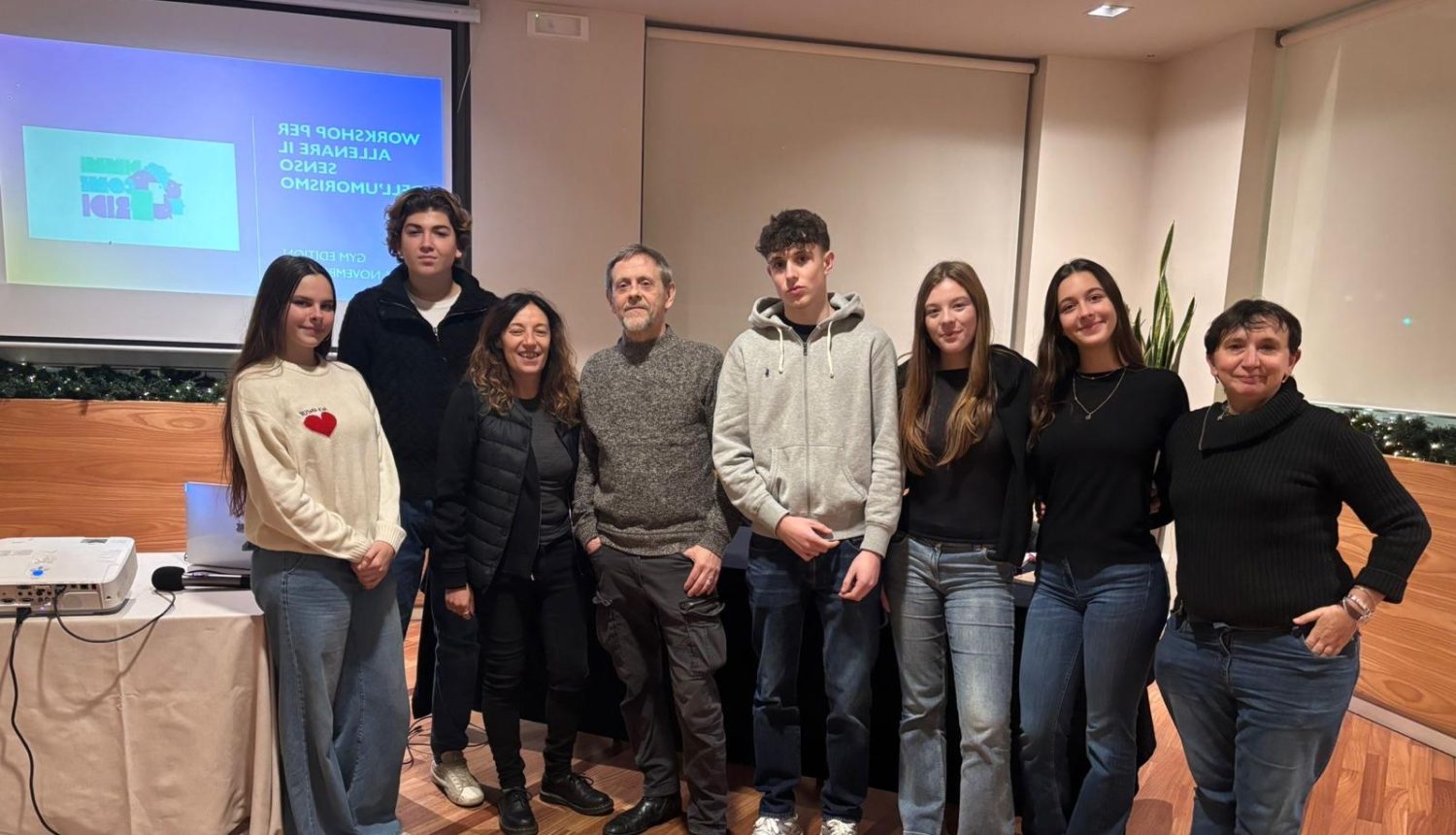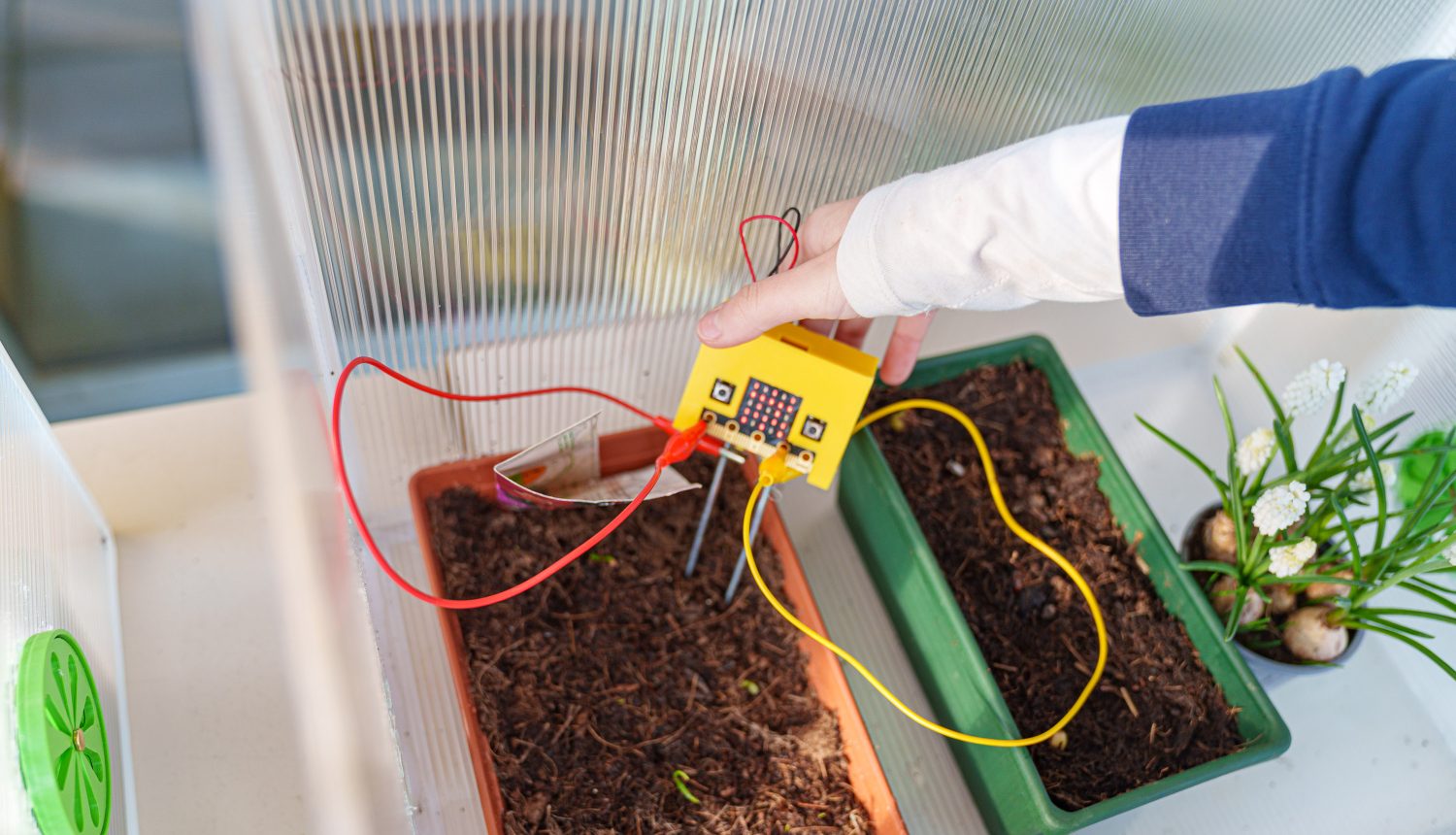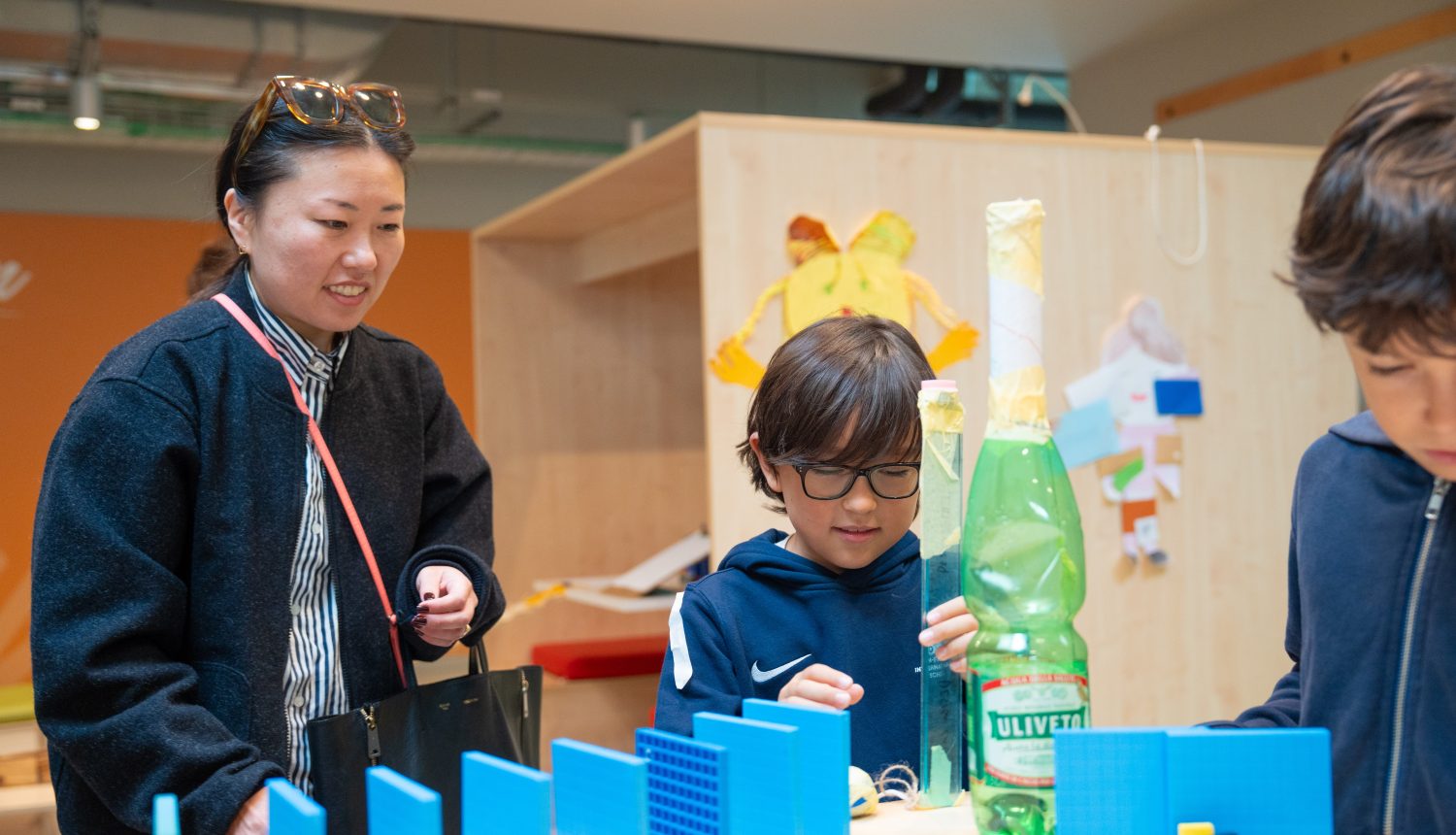The PISA Paradox: Do High Test Scores Come at the Cost of Well-being?

Written By Antonello Barbaro, CEO of H-FARM Education
In the early hours of an exam day, a student in a major East Asian city, let’s call him “Min”, is sitting at his desk, not reviewing textbooks, but staring at a wall. Min is a highly-achieving lower secondary student whose school has a long-standing tradition of ranking highly in international assessments like PISA. He has achieved the academic perfection his parents demand, yet the relentless pressure has left him with chronic insomnia and a growing anxiety that manifests in physical pain.
This story, or variations of it, is not fiction. It is a documented consequence of the high-stakes, hyper-competitive academic culture that defines education systems in places like China, South Korea, and Japan, the very nations that often top the charts in the OECD’s PISA (Programme for International Student Assessment) rankings for 15-year-olds.
This presents us with the ultimate educational paradox: Are the world’s highest academic achievements being purchased at the cost of our children’s mental health and happiness right at the moment they enter adolescence?
The Price of Performance: A Look at the Evidence
For students aged 11-14, this pressure is amplified. In systems driven by fierce national entrance exams (like the Gaokao or similar entrance tests) and early academic tracking or streaming, the stakes are existential. Early secondary school performance determines a child’s future trajectory, leaving no room for mistakes.
While these pressure-cooker systems demonstrate exceptional cognitive outcomes, PISA itself and subsequent psychological studies reveal a disturbing counter-narrative:
- Low Life Satisfaction: Despite their cognitive scores, PISA data consistently shows that students in high-achieving East Asian systems often report some of the lowest levels of life satisfaction and highest levels of mathematics and test anxiety globally.
- A Crisis of Stress: Studies confirm that for Chinese adolescents, the largest single source of stress is academic pressure and high parental expectation, often leading to anxiety and depression. The extreme workload and constant competition during the ages of 11-14 can compromise the very cognitive function necessary for success.
The Power of the Holistic Model
Now, let’s turn the lens to models that intentionally build well-being into the structure of their lower secondary phase:
- Finland: The Nordic model maintains above-average academic performance while simultaneously prioritizing student well-being. They achieve this without streaming or high-stakes centralized exams until the end of upper secondary. Finnish schools offer mandatory student welfare services, including psychologists and social workers, integrating emotional support directly into the school environment.
- The IB Middle Years Programme (MYP): The MYP model, designed for this age group, actively prioritizes a holistic learning approach through its focus on developing the whole learner. Assessment is varied and internal (Teacher-led), reducing the pressure of a single high-stakes test. Crucially, the MYP’s Global Contexts and Service as Action encourage students to look beyond personal achievement, fostering a sense of purpose and community connection that studies link directly to greater well-being and resilience.
The Question of Sustainability
The core debate here is about sustainability. Can an education system thrive long-term if it systematically sacrifices the emotional and social development of its students for short-term gains in measurable scores?
As an economic factor, the pursuit of cognitive excellence cannot be separated from emotional resilience. By prioritizing a high PISA score over a holistic educational experience, we risk producing students who are technically brilliant but emotionally fragile, a significant disadvantage in a modern global workforce that prizes collaboration, creativity, and self-management.
As educators and parents, we must ask ourselves:
- For our adolescents (11-14), should the fear of failure, driven by high-stakes exams, be considered a necessary teaching tool, or a systemic flaw that hinders authentic learning?
- What philosophical and structural reforms are we willing to implement to ensure our children’s mental health is not a silent casualty of the PISA race?
- To what extent does our own cultural pressure (as parents and leaders) perpetuate a toxic testing environment, even in the absence of a high-stakes national exam?
The PISA rankings offer a valuable data point on educational outcomes, but they are clearly one metric among many needed to assess a healthy and sustainable educational system. The debate before us is not about abandoning standards, but about finding a truer balance, one that honors academic rigor without compromising the essential well-being and holistic development of the students we aim to serve. At H-FARM International School we are working on exploring innovative pathways and we believe that moving forward, the most productive path may involve a continuous, open dialogue between policymakers, educators, and parents on what success truly looks like for the next generation.








 Back
Back
